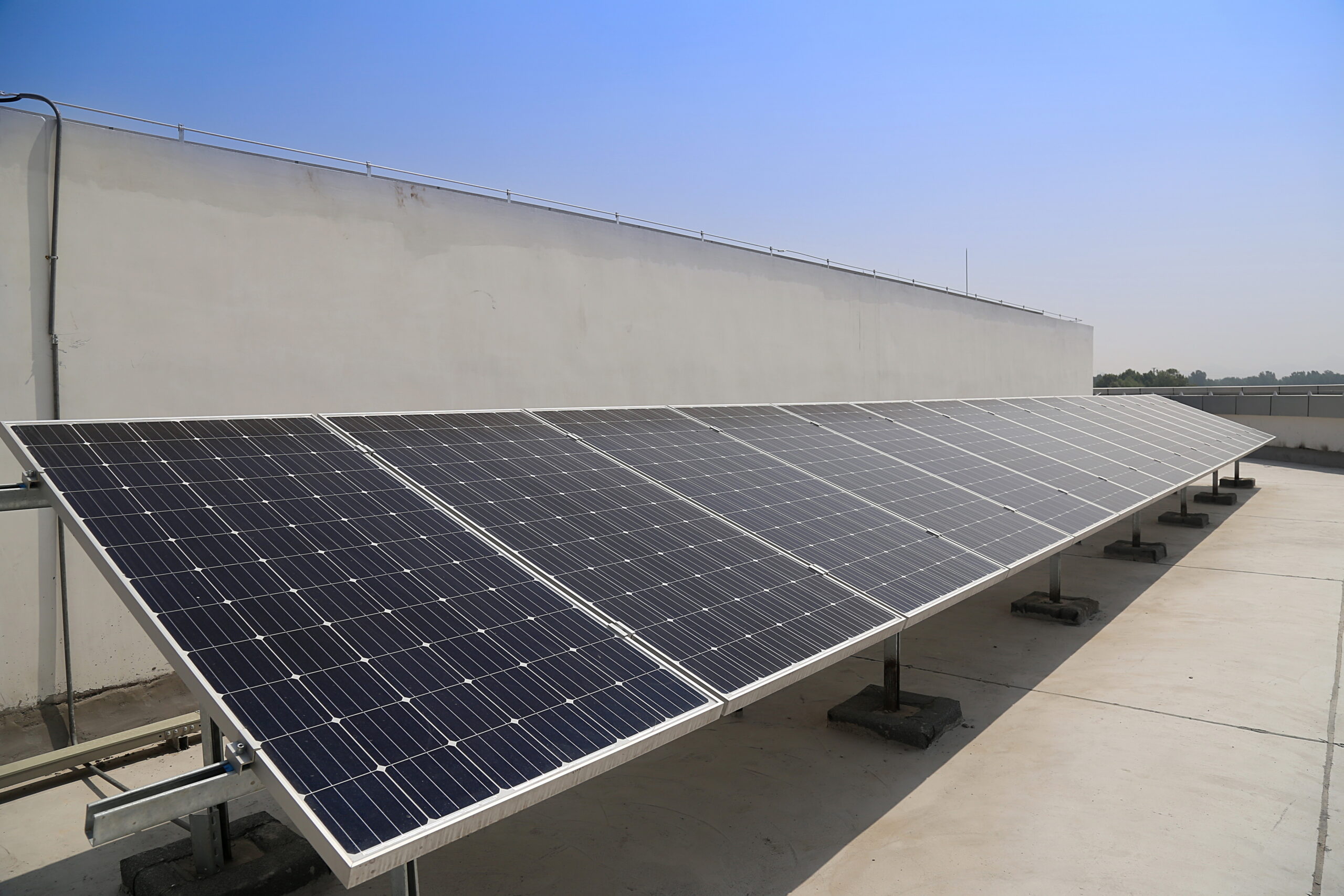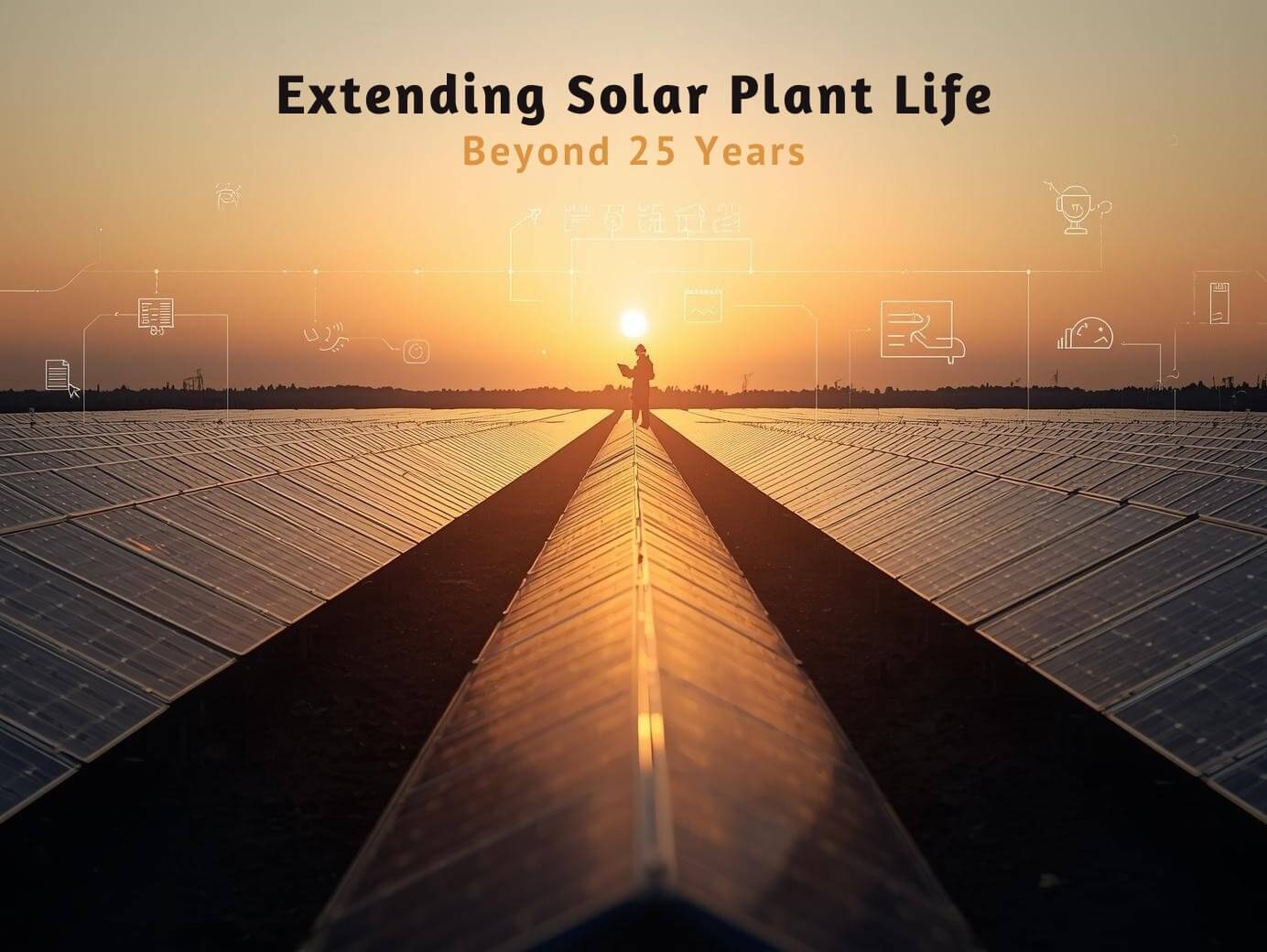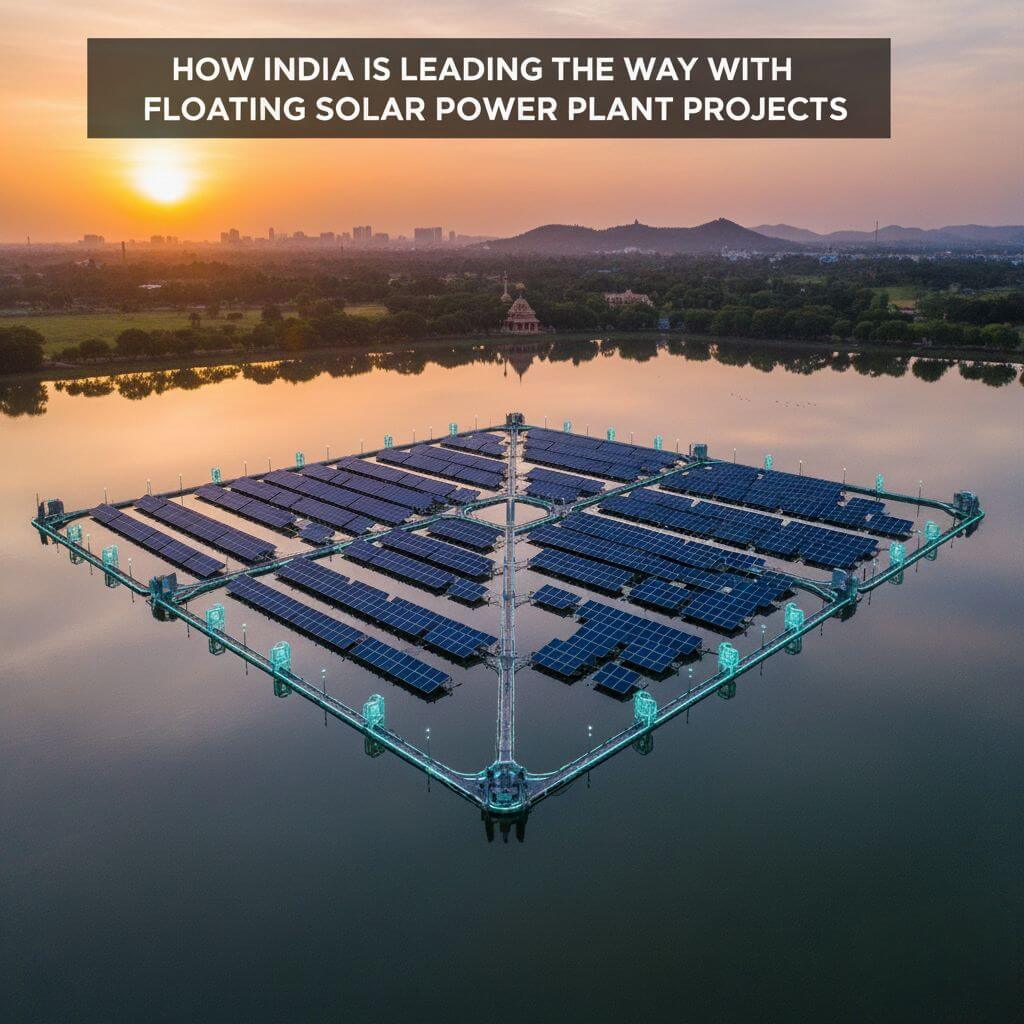How to Save Residential Rooftop Solar from Disasters?
Protecting Rooftop Solar
How to Save Residential Rooftop Solar from Disasters?
Installing solar panels on your residential rooftop can be a great way to reduce your electricity bills and do your part for the environment. However, like any major home improvement project, it’s important to avoid disasters through proper planning and working with reputable professionals. In this blog post, we’ll provide tips on how to save your rooftop solar installation from potential pitfalls.
Research Reputable Solar Installers
The first key step is thoroughly researching potential solar installers. Unfortunately, the growing solar industry has attracted some fly-by-night operators just out to make a quick buck. Make sure to:
– Check reviews and complaints registered against installers with the Better Business Bureau. Reputable solar companies will have positive reviews and few to no complaints.
– Verify licenses and insurance. Your installer should be fully licensed, insured, and bonded to work in your state.
– Ask for referrals from recent customers. Reputable companies will be happy to provide referrals. Speaking to past customers gives great insight into the installer’s quality of work.
Take Time to Design the System
Rushing into a solar installation without careful planning can lead to an underperforming system or even roof leaks down the road. Be sure to:
– Consult with a qualified solar professional on optimal panel placement and angles to maximize sunlight exposure. They should provide you with a detailed system design.
– Consider future obstructions. If you may be adding on to your home or landscaping down the road, take that into account so your panels are not shaded.
– Choose high-efficiency solar panels and modern monitoring technology for maximum solar production. Higher-performing equipment leads to faster payback.
Verify Structural Soundness
It’s absolutely critical that your roof is structurally sound enough to support solar panels, which can weigh over 3 pounds per square foot when accounting for framing and mounts. Be sure to:
– Hire a qualified roofer to carefully inspect your roof for soundness first. Repair any compromised areas.
– Consult with structural engineers if you are at all concerned about your roof’s integrity or snow/wind load capacity. Solar panels will be warrantied for 25+ years – make sure your roof lasts just as long!
Waterproof Mounting Points
One of the most common pain points in rooftop solar stems from water leaks around panel mounting points. To avoid this, insist installers:
– Seal and waterproof every attachment point, fastener hole, and roof penetration meticulously. Flashing should cap and waterproof solar equipment roof mounts.
– Water test for leaks extensively before commissioning the system. Delay sign-off until all potential leak points are monitored after heavy rain.
Verify Clean Electrical Work
Like any major electrical project, rooftop solar demands cleanly run, code-compliant wiring and connections to avoid any risk of fire or electrocution.
– Wiring should be run through a secure, waterproof conduit. Never exposed to elements or susceptible to roof leaks or critter damage.
– All electrical connections must be tight and use weatherproof fittings. Improper connections can corrode over time.
– Electrical work should adhere to all state and local building codes and be inspected accordingly before completion.
Stay Engaged Throughout Installation
While hiring solar professionals takes the work off your hands, staying engaged throughout the process is vital to getting the system you paid for.
– Be present for key parts of the solar installation, not just periodic inspections. It keeps installers accountable.
– Document stages with photos and notes. Thoroughly scan equipment upon delivery and take photos throughout in case issues arise.
– Don’t sign off or make the final payment until you are completely satisfied. You have leverage before project completion and sign-off.
In summary, avoiding rooftop solar disasters requires:
1) Vetting reputable installers
2) Careful system design
3) Ensuring structural integrity
4) Waterproofing mounts
5) Verifying electrical safety
6) Staying engaged from start to finish.
Take these steps, and your rooftop solar system should provide clean, affordable energy for decades.
Some additional tips to keep in mind during your solar project planning:
- Review your home’s electrical architecture and available power circuits to determine the maximum system size that can be connected without needing a panel upgrade. Electrical capacity can impact solar production. Having an expert review this ahead of time prevents unexpected costs or hassles.
- Have a contingency plan if your solar installation uncovers unexpected roof damage or integrity issues once construction begins. In rare cases, your site assessment may miss some problems that come to light later on. Being prepared to rapidly address any such issues keeps your project on schedule and avoids leaving roof openings or other hazards unattended.
As India’s premier solar company with over 30 years of panel manufacturing and solar farm installation experience, Waaree Energies is uniquely positioned to deliver disaster-proof rooftop solar installations. We leverage our solar expertise to handle your project professionally from start-to-finish, avoiding all common pitfalls through:
Contact Waaree Energies today to explore how rooftop solar can provide you with decades of affordable, sustainable electricity without the headaches. Our solar professionals are ready to discuss your home’s potential for harnessing the sun!
Post a comment
You must be logged in to post a comment.





